A Week of Soothing Warmth: Alleppey
1 Comment
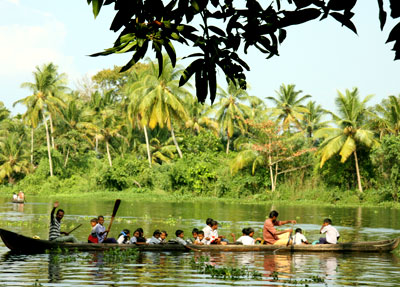
Villager’s means of transportation: canoes. Feb 14, 2008. Alleppy, Kerala.
Alleppey is the place of tropical dreams. Forests of palm trees. Huge networks of interconnecting backwater rivers surrounded by massive rice paddy plantations and tiny villages. Bright misty sunny days marked by brightly colored sunrises and sunsets.
The villages that line the 200 meter wide rivers seem to blend together as you pass by them. Only a narrow one-man path and a single line of palm trees separates the rivers from the hundred acre wide paddies.
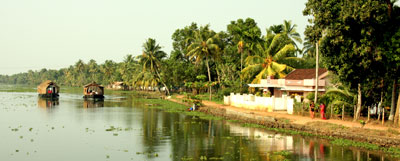
Alleppey’s backwater village. Shown with two traditional houseboats.
The water is green with a tinge of brown, and the current moves as quickly as as the rest of life in Kerala; a pace barely recognizable with the passing of time.
Homes are very traditional, and distinctively Christian. Men garner rupees through trade in villages and towns, or simply just enjoy the shade and a conversation worthy of the Ents. Women are eternally washing clothes by riverside, by stamping linens on concrete walls that line the rivers. Mothers care for the young children and hold up the house. In the mornings and early afternoons, bathers can be seen submerged up to their knees in the murky waters, covering themselves in white soap while conservatively protecting their taboo areas with a cloth or dress.
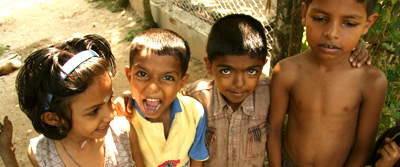
Village kids goofing off at the strange foreigners. Feb 18, 2008. Karnakary village, Kerala.
Life exists only between sunrise and sunset. As the daylight fades, the people and any sign of movement seem to disappear all at once. Nature is left only to the bright stars and sparkling moon.
The Alleppey lake and river-side resorts are immediately captivating. At $25 per night, a small bamboo leaf hut offers all the comfort of a cheap hotel, however no one pays for the sleep or the warm water. A deck with Keralian sun chairs and a daybed overlooking the water are where your time will be spent; the most relaxing days you may ever experience.
Life on the water varies through the day hours. Early mornings are when the kayak racers train, for they have the open water to themselves. Mid-morning, the fishermen and garbage collectors pass, calling in a low echo of a bird call to bring attention to their service. At noon, a parade of extravagant houseboats jostle and honk for room to maneuver.
Houseboats are traditionally made long and wide, with pointed bow and stern ornaments fixed, while the canopy is covered in local palm leaves and bound with brown twine. They all sport open front decks with large tables and thickly padded couches and beds. The driver sits at the tip of the bow, hands firmly planted on the old pirate-ship steering wheel, often measuring nearly a meter in diameter.
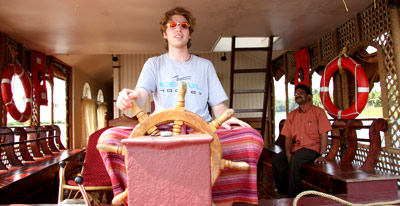
Captain’ Adam driving the houseboat we rented.
The resort chefs bring a full, but light, three meals each day. Local Kerala foods consist of a thin fried rice-bread, called chipati, and various potato, coconut and tumeric-based curries. The south Indians like their food hot, and add spicy green chili peppers into every dish. Fresh organic fruits can be found everywhere, including pineapples, bananas, green mangoes and coconuts.
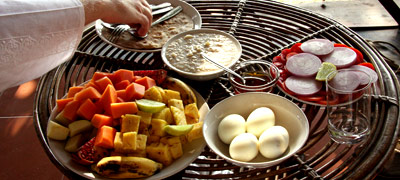
Breakfast at Keraleeyam Resort, served on the porch of our coconut hut.
- Browse in Timeline:
- « Travel Tips for India
- » Alleppey (Alappuzha) Traveling Tips









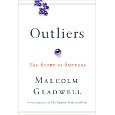








harsha gowda
Jul 10 08, 5:24 am